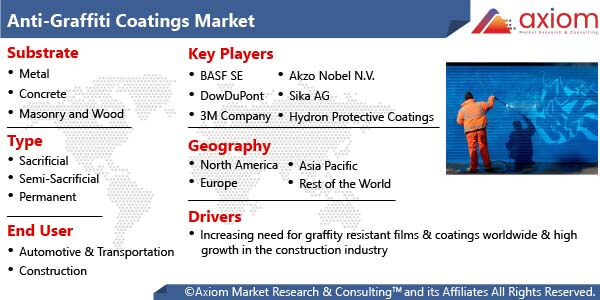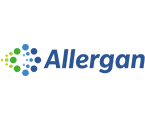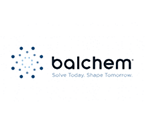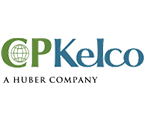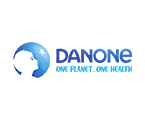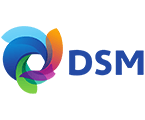Anti-Graffiti Coating is a clear, one-component, nonsacrificial, ready-to-use coating intended for use over bare concrete or previously painted concrete or steel surfaces. It cures with atmospheric moisture and offers excellent graffiti resistance and cleanability with water power-washing. In addition, it is generally found on trains, subways, buses, vehicles, walls facing streets, traffic signs, statues and monuments, bridges, park benches, trees, and billboards. The motives of graffiti include anger, psychological need, or hostility towards society.
Anti-Graffiti Coatings Market Outlook
Factors such as increasing need for graffiti-resistant films and coatings worldwide and high growth in the construction industry are driving the anti-graffiti coatings market. In addition, environmental regulations associated to VOCS to surge the demand for water-based anti-graffiti coatings is also the factor driving the anti-graffiti coatings market. However, huge rate of anti-graffiti films and coatings is one of the major factor hampering the growth of anti-graffiti coatings market globally.
Anti-Graffiti Coatings Market Segmentation
The anti-graffiti coatings market is classified into substrate, type, end user and geography
Anti-Graffiti Coatings Market by Substrate
Based on substrate, the anti-graffiti coatings market is segmented into metal, concrete, masonry, wood and others. Anti-graffiti coatings are preventative paints that work to stop inks, aerosols and other markings bonding to the surface. Sometimes referred to as anti-vandal paints, these anti-graffiti products can be used internally and externally on a wide range of different surfaces, including previously painted surfaces, bare surfaces, smooth surfaces like metal and plastic, porous surfaces like brick and stonework.
Anti-Graffiti Coatings Market by Type
On the basis of type, the market is categorized into sacrificial, semi-sacrificial and permanent. Sacrificial anti-graffiti coatings require reapplication after graffiti removal takes place. Usually, polymer or wax based these single use matt finishes are invisible once applied and as such lend themselves perfectly to heritage and national trust type buildings and structures. Moreover, Permanent anti-graffiti paints should offer around 10 years of graffiti protection. Available in both coloured and clear finishes (Matt and Gloss) these graffiti resistant paints often contain silicone and efficiently repel any graffiti media, holding it away from the substrate and facilitating simple, water washable graffiti protection.
Anti-Graffiti Coatings Market by End User
By end user, the anti-graffiti coatings market segmented into Automotive & Transportation, Construction and Others. The construction segment accounted for the largest market share in 2018, owing to the upsurge in the demand for anti-graffiti coatings and films in the construction industry. Moreover, the rising construction industry is anticipated to drive the demand for anti-graffiti coatings, globally.
Anti-Graffiti Coatings Market by Geography
The anti-graffiti coatings market report is studied across the key countries of North America, Europe, Asia Pacific and Rest of the World. The North America region segment is dominated the anti-graffiti coatings market in 2018, due to the government and people in this region are conscious of the protective measure against graffiti which has augmented the demand for anti-graffiti coatings & films in the region.
Anti-Graffiti Coatings Market Key Players
The market involves various key companies in the global anti-graffiti coatings market such BASF SE, DowDuPont, 3M Company, Akzo Nobel N.V., Sika AG, Hydron Protective Coatings, The Sherwin Williams Company, CSL Silicones Inc., Protective Coatings International Ltd., IGP Pulvertechnik AG, Watson Coatings, Inc., A&I Coatings, NanoTech Coatings and Axalta Coatings Systems LLC. The majority of companies are aiming towards product launches and mergers & acquisitions to enhance their visibility in the high competitive arena of the market.


